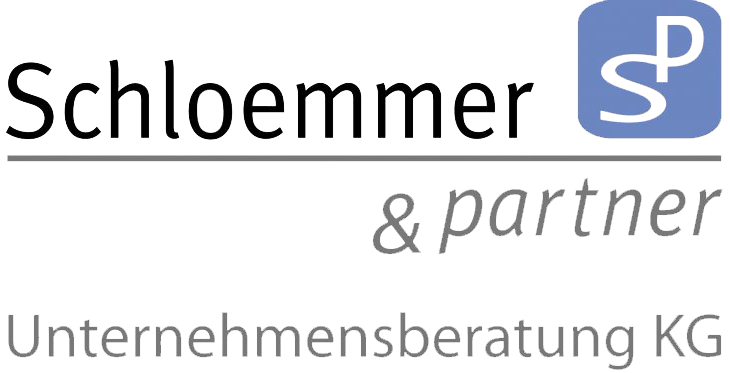Neurobiology of Happiness Author: Peter Schipek
Happiness begins with each and every one of us. It’s not about comparing yourself with others – that would be the best path to disaster. The goal should not be “perfect happiness”, but a path in a positive direction – because happiness is a fluid state.
From a neurobiological point of view, happiness, reward and motivation are closely linked.
So whether we are happy or unhappy depends on these messenger substances. The neurotransmitter dopamine in particular plays a central role in joy and happiness. Dopamine is formed in the brain in an area of the midbrain. When this region is particularly stimulated, the nerve cells there release the messenger substance.
When dopamine arrives in this region of the brain, the neurons there produce opium-like substances and we feel happy. However, dopamine in the frontal lobe also causes our brain to function better. In this way, we become more attentive and learn what is good for us. So perhaps our feeling of happiness is “only” a by-product of our ability to learn.
Touch is particularly effective for the happiness center.
If they last longer than 20 seconds, the “cuddle hormone” oxytocin is also released.
Scientists have long been searching for this most wonderful of all feelings.
Biochemists are looking for the molecules in nerve cells that make us happy,
Neurobiologists try to track down happiness using sophisticated technology
and molecular biologists scour the chromosomes to find that gene,
that makes us happy. But despite all their efforts, they still don’t really get to grips with
none of them have been lucky enough so far.
But what exactly happens in the brain during this process? What influence do we have on this?
And how can we use these findings for ourselves?
Certain messenger substances, the opioids, play a major role in this. React to the opioids
but many regions of the brain. Put simply, happiness originates in the brain. An endogenous
Reward system, which releases happiness messengers such as dopamine, serotonin and endogenous opioids.
and opiates, provides the desired pleasant sensation.
However, some experiments contradict the image of dopamine as a source of happiness.
They show it more as the origin of desire. Dopamine could therefore be a craving
“generate” and thus signal a need to the body.
About half of our ability to be happy is innate, i.e. genetically determined.
Around ten percent depends on external circumstances and the remaining 40 percent
are within our capabilities. We can therefore actively influence our sense of happiness.
influence. And we do this by creating favorable conditions for our brain
and actively promote the release of happiness messengers.
1
So how do we create these conditions for our brain?
One of the best ways to achieve this is to connect with other people.
In moments of strong solidarity, with a strong sense of community, we experience
an activation of our happiness system. We can also experience such feelings of happiness on our own, namely when the connection relates to something big or non-personal. This can be a great idea or a particularly attractive goal. Curiosity or anticipation of such experiences also play an important role. Because it is precisely at these moments that additional dopamine is released.
Even less exciting moments can put us in such a state.
We all know those moments when we block out everything, forget everything around us – when we are totally focused and with ourselves. For example, gardening, playing music or reading a stimulating book. This state was first studied by the Hungarian-born American psychologist Mihaly Csikszentmihalyi, who calls it “flow”.
So luck rarely comes alone. It occurs in moments of strong connection with other people or during activities that we experience with full dedication.
Peter Schipek worked as a social pedagogue and was a lecturer at the FH Campus Wien. He has been involved in brain research for over 25 years.
He is the founder of the “Lernwelt” initiative, co-founder of the “Schule im Aufbruch” initiative and coordinator of the “Akademie für Potentialentfaltung” in Austria.
2






























































